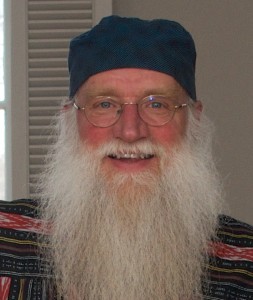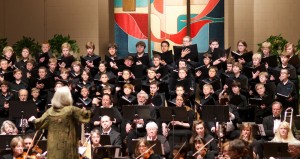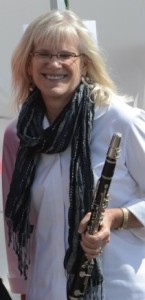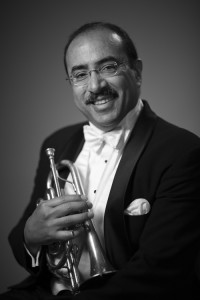World Premieres by Daniel Kallman
Marlene’s Musings
April, 2014
Studying scores is a blast for me. But, studying a score that is brand new is even better. Holding a new score in your hands is a humbling thing, sort of like holding a new-born baby in your arms. You feel the wonder of a new creation and you feel the tremendous responsibility to try and nurture its path forward. The task is to figure out what is there, beyond notes, rhythms, articulations and dynamics. You try to get deeper. It takes a long time of study to begin to do that but when the desire is there, the time to do it becomes inconsequential.
Sea Creatures
 I have known of Daniel Kallman’s music since hearing a piece he wrote years ago, performed by Plymouth Music Series (now Vocalessence) under the direction of Philip Brunelle. Since then I have heard many more of his masterful creations, performed by MN Orchestra and many other ensembles. In 1997, I commissioned Dan to write a work for Halama Wind Octet. We premiered Sea Creatures at Wayzata Community Church and it was recorded by MPR. It is a fabulous piece that has been published by Boosey and Hawkes and is now performed all over the world.
I have known of Daniel Kallman’s music since hearing a piece he wrote years ago, performed by Plymouth Music Series (now Vocalessence) under the direction of Philip Brunelle. Since then I have heard many more of his masterful creations, performed by MN Orchestra and many other ensembles. In 1997, I commissioned Dan to write a work for Halama Wind Octet. We premiered Sea Creatures at Wayzata Community Church and it was recorded by MPR. It is a fabulous piece that has been published by Boosey and Hawkes and is now performed all over the world.
Dan and I have talked for several years about trying to procure the funding for the full orchestration. With help from the MN State Arts Board, the dream has come to fruition. Sea Creatures is a six-movement work. Prior to each movement, there is narration concerning aspects of the earth’s oceans. The four middle movements – Dolphin, Puffer Fish, Moray Eel and Shark – are musical descriptions of those remarkable creatures of the sea.
Jabberwocky
 As part of the MSAB grant, Dan has also written a piece for the amazing MN Boychoir, directed by Mark Johnson. The piece, Jabberwocky, uses the text from Through the Looking Glass by Lewis Carroll. The text uses lots of portmanteaus. For example, “galumphing,” “frumious,” and “huffish.” Dan’s music brilliantly ‘paints’ the made-up words. I’m certain this piece, along with the fully orchestrated Sea Creatures, will get many future performances by ensembles nationally and internationally.
As part of the MSAB grant, Dan has also written a piece for the amazing MN Boychoir, directed by Mark Johnson. The piece, Jabberwocky, uses the text from Through the Looking Glass by Lewis Carroll. The text uses lots of portmanteaus. For example, “galumphing,” “frumious,” and “huffish.” Dan’s music brilliantly ‘paints’ the made-up words. I’m certain this piece, along with the fully orchestrated Sea Creatures, will get many future performances by ensembles nationally and internationally.
What a thrill to be the facilitators of their first performances!




